Armenia, according to the Bible, is the cradle of viniculture and winemaking. There are many interesting and beautiful legends about the invention of wine. The following legend is the oldest one:
“Humanity revealed the taste of wine and felt its influence when after the Big Flood, Noah planted the first vine at the foot of Mount Ararat. A goat discovered the secret of Noah’s winemaking. The goat ate the wild grape vines and started pushing other animals as a result of drunkenness. After that, Noah planted grapes on the slopes of Mount Ararat and made wine from the fruit. The wine was so delicious that he could not resist the temptation. He drank and got drunk.”
EARLY WINEMAKING IN ARMENIA
The world’s first wine has been produced in Armenia over 6,000 years ago. Winemaking has played an important role in Urartu. The Assyrian sources also point to this.
“During the invasion, the Assyrian kings pointed out the types of wine in their lists and also the number of grape gardens destroyed. The most demanded captives for them were winemakers.”
— Frunze Harutyunyan, a lecturer at the Wine Academy, and the main wine-maker of “Maran” wine factory.
The kings of Urartu of the 8th century BC referred to Armenia as “the land of the vineyards.” The Urartian cuneiform inscriptions, in addition, refer to what has been created and planted in the honor of the god Khaldi. Grape planting was something like a feat. Famous historians and scholars Herodotus, Strabo, and Xenophon have also referred to the Armenian winemaking.
According to the writings of Herodotus, Armenians had commercial ties with Babylon and sold wine to them. The winemaking culture passed from the Armenian Highland to Georgia, Persia, Mesopotamia, Egypt, Greece, Rome.
Herodotus also noted that at that time, Assyria also made wine, but Babylon received wine from Armenia. This means that the Armenian wine was a lot better.
The revival of winemaking in Armenia has, in fact, always depended on the existence of statehood. Winemaking has once again developed during the reign of the Bagratuni dynasty when Armenia was independent.
In the pagan times, there was a tradition in Armenia. People boiled flavored liquid from thousands of plants. During the 1st century BC, a wine-maker Pargev, who lived in the royal palace of King Trdat, learned to distill alcohol from that liquid.
Trdat together with royal retinues and gifts, and also carrying that flavored liquid, visited the Roman Emperor Nero. According to Roman historians, when Nero tasted the liquid, he became happy and delightful.
Aside from the legends, it is scientifically proven that the ancient Armenian winemaking has a history of 6,000 years.
The World’s First Winery
The studies of grape seeds found during archaeological excavations have proved that during the 6-5th millennium BC, Armenians have adapted wild grapes and have also conducted selective breedings.
Some ethnographers and archeologists, exploring wine-cultural biography discovered near the village of Areni in Vayots Dzor, close to the bridge leading to the Noravank complex, in the “Bird’s Cave”, various monuments dating from the Old Stone to the late medieval periods.
This proves that people have lived there and have also engaged in grape cultivation. Even beyond the Noravank canyon, there are traces of medieval vineyards.
In 2011, the world’s oldest winery was discovered during the excavations in the Areni Complex in Armenia. The winery is 6000 years old.
In 2007-2008, due to the excavations, it became possible to discover the remains of material culture belonging to the period of copper and stone age. Among them, inside the cave’s first hall, they found a complex consisting of clay structures.
This complex includes various types of storage facilities. The winery found there caused great interest. Near the winery, there were also the remains of grape seeds. During the excavations, they also found grape-crushing tools, clay pot surrounded by grape clusters and dried vines, and even wine-drinking cup.
Studies have revealed that besides Areni, there are no more places in the world where such a complex of wine exists.
The natives of the Armenian Highland have used and preserved winemaking traditions. This indicates that ethnic Armenians are the economic and cultural heirs of the residents of Van Kingdom.
About the vineyards of Van, the King of Assyria, Sargon the Second says: “The grapes were falling down like rain, and the wine was flowing like the water of a river.”
In the oldest historical information which reached to us, mentions of various manufacturing techniques of wine and beer. Xenophon, in particular, mentions that the Armenian wines were of high quality, old and of a great variety.
The methods and technologies of viticulture and winemaking have spread from Armenia to neighboring countries thousands of years ago. During the raids and control of Arabs, Turks, and also Seljuks, many grape gardens have been destroyed.
Armenian Wine During the Soviet Rule
In Soviet times, particularly during 1940-1985, wine production in Armenia grew nine times. Already in 1980, the country produced an average of 210 thousand tons of grape. Out of it, Armenia produced about 150 million liters of wine.
Most of the wine was exported to Russia. At that time, the state monopoly on the production of wine belonged to the “Ararat” organization.
After the collapse of the Soviet Union, about 38 state-owned factories of wine and vodka production began a privatization process. In addition, “Ararat” had three thousand types of wine, some of which were several centuries old.
Just like before, now as well the wine is stored in oak barrels, but in many villages, they keep it in clay jars.
According to experts, the Armenian oak, thanks to its pink shade, gives a taste of natural vanilla, chocolate, and also dried fruits to the wine. This contributes to the creation of unique Armenian wine.
Armenia is both one of the oldest and the youngest wine-producing countries in the world. Why? Because it was a brandy-producing country in the 19th-century, during the czarist era. As a result, most grapes ended up being distilled. To this day, about 95% of the grapes grown on a commercial level are being used for spirits.
The rebirth of the Armenian wine, in fact, began only about a decade ago. The producers that played an important role in wine-producing were: Zorah, which ages a Karasì cuvée in reclaimed amphorae, Voskeni of the Ararat Valley; and Kataro, a family-run winery in Nagorno-Karabakh.
Wine production became industrialized starting in the 1870’s. After World War I, the vineyards in multiple regions of Armenia were decimated and things had to start anew, a common trend throughout the history of the crop at the expense of invasions and other political changes.
Armenian Grapes
Armenian has a huge variety of grapes. Vahe Keushguerian, the founder of Semina Consulting, a winery consulting company in Yerevan, said the following about Armenian grapes, “Their flavor profile varies from what you’re used to—not too different, but distinct. The sensation is quite different.”
Studies and comparisons of ancient remains of grape varieties indicate that in this highland country there are unique species of grape that have a history of millenniums. Nearly 2,000 of the 6,000 grape varieties in the world were found in Armenia.
The most popular varieties are the Voskehat, Garran Dmak (“Beef legs”), the Black Areni, Karmrahyut (“Red juice”), Nrneni (“Pomegranate tree), Azateni, Mskhali, Kangun, Meghraghbyur (“Honey source”), Nerkarat, Ararat, Shahumyani, Anahit, Armenia, and several varieties with Muscat scent which are currently being cultivated in the Ararat valley, its foothills and Northeastern, Vayk and Zangezour zones.
Karmrahyut, for example, is a fascinating grape with massive tannins in its skins. Areni is probably the most interesting among the Armenian red grapes. It produces amazing wines. While lighter in color and body, they still have excellent density.
Kangun is very acidic because of the high altitude growing conditions. Naturally, it lends itself well to making sparkling wines.
In addition, grape vines and pomegranate images were popular in medieval Armenian sculpture. Grapes together with pomegranate take a special place in Armenian culture. They, by the way, are national symbols of the country.
Armenian Wines Today
The wine-making industry of Armenia produces table, strong, sweet, licorice, champagne wines, cognacs, and vodka.
From the remains of winemaking, they get alcohol and also tartaric acid. Armenia currently produces about 38 different types of wines. Wines are divided into “ordinary wines” and “sorted wines”.
Sorted wines are the high-quality wines that come from a certain kind of grape, have a stable quality and are stored from 2 up to 6 years. The sorted wines of Armenia are “Voskevaz”, “Etchmiadzin”, “Norashen”, “Areni” table wines. In addition, “Oshakan”, “Ashtarak”, “Aygeshat”, “Muscat” (White and Pink), “Arevshat”, “Getashen” are the strong wines.
On the other hand, the ordinary wines are processed with strict technology. They are stored from 3 months up to 1 year. Their color can be red, white and pink. There are sugar-free or dry wines, semi-sweet wines, liqueur and strong wines.
As a matter of fact, if sugar in wine is up to 3 percent, it is semi-dry, if 3-5 percent is semi-sweet, and up to 0.3 percent is dry.
ARENI WINE FESTIVAL
Areni Wine Festival, one of the most famous festivals in Armenia takes place every year in Areni village. This festival is actually a great opportunity for everyone to explore Armenia. During the festival, one can taste the best Armenian wines. Besides, pleasant music and dances will accompany you.
This festival attracts both locals and foreign travelers. Of course, the wine fair is the most favorite part of the festival since one gets to taste the Armenian wine as much as they desire, absolutely free of charge. One can also purchase their favorite wine right from the winemakers.
In addition, you can take a short tour to the 1321 AD Surb Astvatsatsin church of the village Areni. You will get the chance to admire the breathtaking view of the village along with the Arpa river.
The festival lasts until 5-6 PM. The program of the festival consists of:
- The opening ceremony
- Armenian wine-makers’ fair
- Professional and public wine tasting
- Exhibition-fair of traditional dishes of the best Armenian restaurants
- Business Meetings
- National music, dances, games, theatrical performances
- Art programs
- Contests, which includes: “Armenia in your eyes” the best wine label contest, “Gold Keg” special for the best wine among the best wine-producers, Homemade wine producers contest, “The best souvenir of the festival”
We will introduce you the 50 Armenian wine-making companies and also, later in the article you will find out where to taste them!
- Avshar Wine Factory LLC | Head: A. Grigoryan • Address: Armenia, Ararat Province, Avshar
- Ararat Brandy Factory LLC | Head: S. Varzhapetyan • Address: Ararat Province, Taperakan
- Areni Wine Factory CJSC | Head: R. Simonyan • Address: Vayots Dzor Province, Areni
- Ashtarak Wine-Brandy Factory | Head: S. Safaryan • Address: City Ashtarak, Mughni district
- Bakus | Head: V. Karapetyan • Address: Parakar, Tairov village
- Byuregh Alko LLC | Head: L. Harutyunyan • Address: Kotayk Province, Byureghavan
- Great Valley Armenian-Cyprian Joint Venture, LLC | Head: L. Arzaqantsyan • Address: Aragatsotn Province, Oshakan Village
- Ginetas | Head: V. Khalatyan • Address: Vayots Dzor Province, Arpi
- Berdavan Wine Factory LLC | Head: A. Avagyan • Address: Tavush Province, Berdavan
- Brest | Head: A. Galstyan • Address: 0033, Yerevan
- Gineqar | Head: E. Hakhverdyan • Address: Vayots Dzor Province, Aghavnadzor
- Yerevan Ararat Brandy-Wine-Vodka Company OJSC | Head: M.Harutyunyan • Address: 0015, Yerevan
- Ginetun LLC | Head: A. Baghdasaryan • Address: Vayots Dzor Province, Yeghegnadzor
- Dalar Wine Factory OJSC | Head: N. Papoyan • Address: Ararat Province, Dalar
- Yerevan Brandy Factory CJSC | Head: A. Grigoryan • Address: Yerevan
- Yerevan Champagne-Wine Factory OJSC | Head: F. Hakobyan • Address: 0052, Yerevan
- Yeraskh Wine Factory LLC | Head: R. Tevanyan • Address: Ararat Province, Yeraskh
- Yeghvard Wine-Brandy Factory CJSC | Head: G. Mikaelyan • Address: City Yeghvard, Charents 1
- Ijevan Wine-Brandy Factory CJSC | Head: A. Yegoryan • Address: Tavush Province, Ijevan
-
Map CJSC | Head: M. Petrosyan • Address: Armavir Province, Lenughi
- Maran LLC | Head: A. Harutyunyan • Address: Yerevan
- Merdzavan Alcoholic Beverage Factory | Head: G. Gevorgyan • Address: Yerevan, Shahumyan
- Meghri Wine Factory | Head: Gh. Aleksanyan • Address: City Meghri
- Mets Syunik Wine Factory CJSC | Head: V. Matevosyan • Address: Yerevan, Komitas Avenue
- Kaghtsrashen Armenian-Russian Wine Factory CJSC| Head: V. Vardanyan • Address: Ararat Province, Shahumyan
- Voskevaz Wine Factory LLC | Head: L. Nurazyan • Address: Aragatsotn Province, Voskevaz
- Proshyan Brandy Factory | Head: A. Gasparyan • Address: 0088, Yerevan
- Ptghni Gold | Head: N. Balyan • Address: Kotayk Province, Ptghni
- Vedi Alko CJSC | Head: A. Gevorgyan • Address: Ararat Province, Ginevet
- Van-777 | Head: M. Manaseryan • Address: Ararat Province, Taperakan
- Tavush Wine-Brandy Factory | Head: A. Grigoryan • Address: Tavush Province, Aygepar
- Arpa Alko Wine Factory | Head: M. Grigoryan • Address: Vayots Dzor Province, Areni
- Vayq Group CJSC | Head: A. Zakaryan • Address: Vayots Dzor Province, Vayq
-
Artsakh Brandy Company CJSC | Head: G. Ohanyan • Address: Nagorno-Karabakh, Askeran region, Aygestan
- Klub Pogreb Noya | Head: M. Hovakimyan • Address: 0012, Yerevan
- Sahakobyan Brothers | Head: M. Hakobyan • Address: Ararat Village
- Ararat Wine Factory LLC | Head: S. Sargsyan • Address: Ararat Province, Ararat
- Samkon Brandy Factory | Head: S. Goroyan • Address: City Abovyan
- Tonoyents | Head: A. Tonoyan • Address: Shirak Province, Gyumri
- Artsakh Alko CJSC| Head: K. Poghosyan • Address: Yerevan
- Kazumoff LLC | Head: N. Kazumyan • Address: Yerevan, Amiryan
- Karabakh Gold CJSC | Head: A. Harutyunyan • Address: Nagorno-Karabakh, Stepanakert
- Arabkir Alko | Head: S. Hovakimyan • Address: 0014, Yerevan
- Granzh Alko | Head: A. Harutyunyan • Address: G. Hambardzumyan, Kotayk Province, Aramus
- Erebuni Alko | Head: H. Margaryan • Address: Yerevan
- Armenia Wine LLC | Head: G. Aleksanyan • Address: Aragatsotn Province, Sasunik
- Hoktemberyan Brandy LLC | Head: A. Ghukasyan • Address: 0028, Yerevan
- 365 Wines | Head: V. Gevorgyan • Address: 0040, Yerevan
- Zorah Wines | Head: Z. Gharibyan
- Golden Grape Almas | Head: A. Aslanyan • Address: Aragatsotn Province, Nor Yedesia
source: armenianwinefestival
Here are top 5 Armenian Wines!
2014 Trinity Eh Areni Noir
2015 Van Ardi Areni, Kakhet, Haghtanak
2014 Kataro Sireni Reserve Togh
2013 ArmAs Karmrahyut Reserve
2015 Voskevaz Karasi collection Voskehat
Finally, places where you can taste Armenian Wine:
- ArtBridge café-bookstore
- Caucasus restaurant complex
- Noyan Restaurant
- Patio restaurant
- The Club restaurant
- Villa restaurant complex
- 4seasons café and wine corner
- AdAstra restaurant and bar
- Ai Leoni restaurant
- Anoush restaurant
- Bel etage restaurant
- Come in Yerevan cafe
- Dolmama restaurant
- Gold restaurant
- Michael’s cafe-restaurant
- Mon Cafe
- Mozaic Sky Restaurant
- Raffaello restaurant
- Rossini restaurant
- Sinatra restaurant
- Tiziano cafe-restaurant
- Tufenkian Kharpert restaurant
- Beer Academy beer-restaurant
In addition, you can read more about Yerevan restaurants and cafes here.
In the end, we would like to introduce you 5 amazing health benefits of wine!
- High-fiber Tempranillo red grapes have a significant effect on cholesterol levels, according to a study from the Universidad Complutense de Madrid in Spain.
- Daily wine consumption, in fact, encourages long life, together with eating fewer animal-based foods and eating more plant-based foods.
- The antioxidants in red wine can help keep blood vessels flexible and reduce the risk of unwanted clotting.
- Drinking a glass of wine daily can boost your immune system. Moderate alcohol consumption can help you to get rid of infections and keep your immune system in check.
- Researchers in Spain found that men and women who drink 2-7 glasses of wine every week were less likely to be diagnosed with depression.


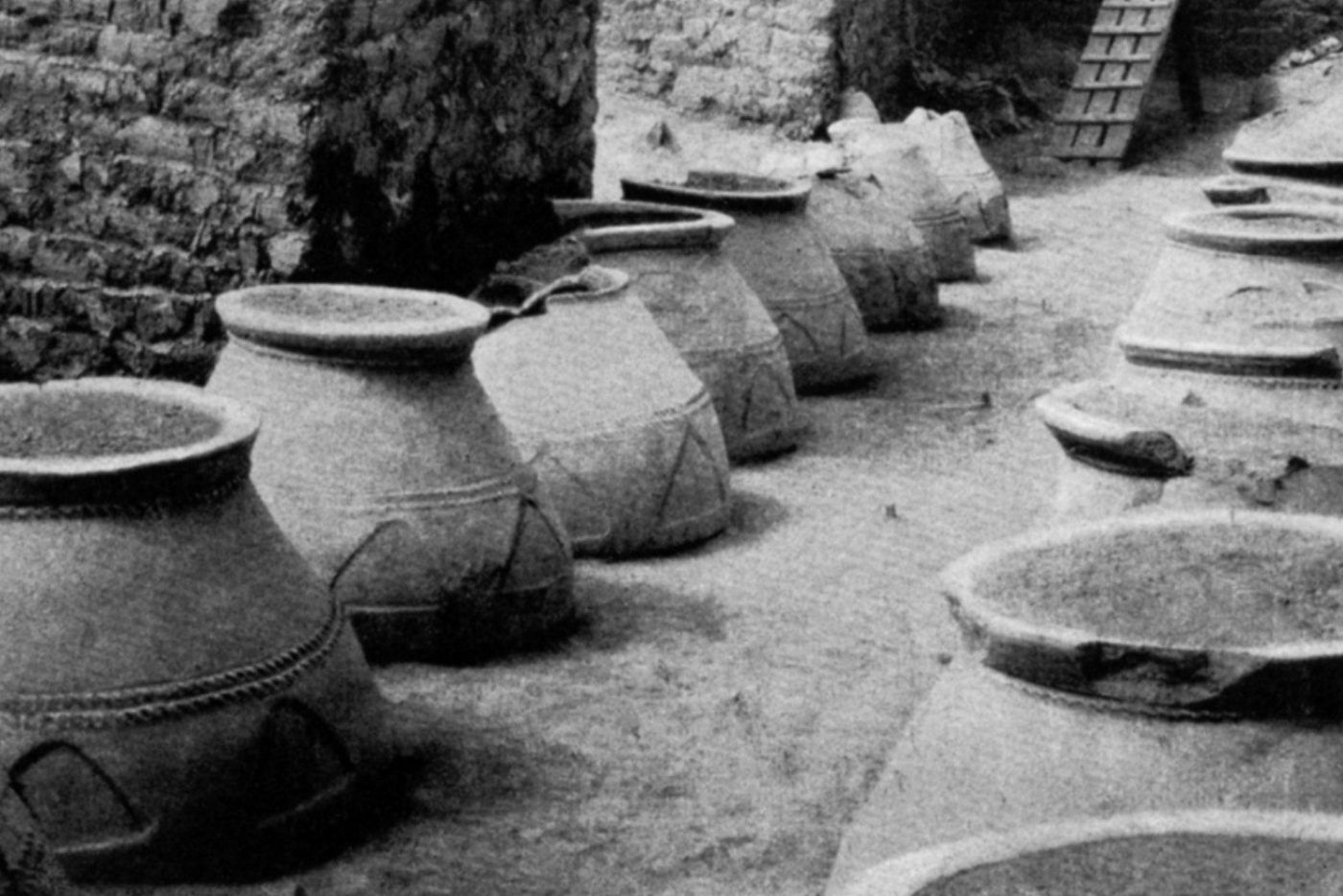
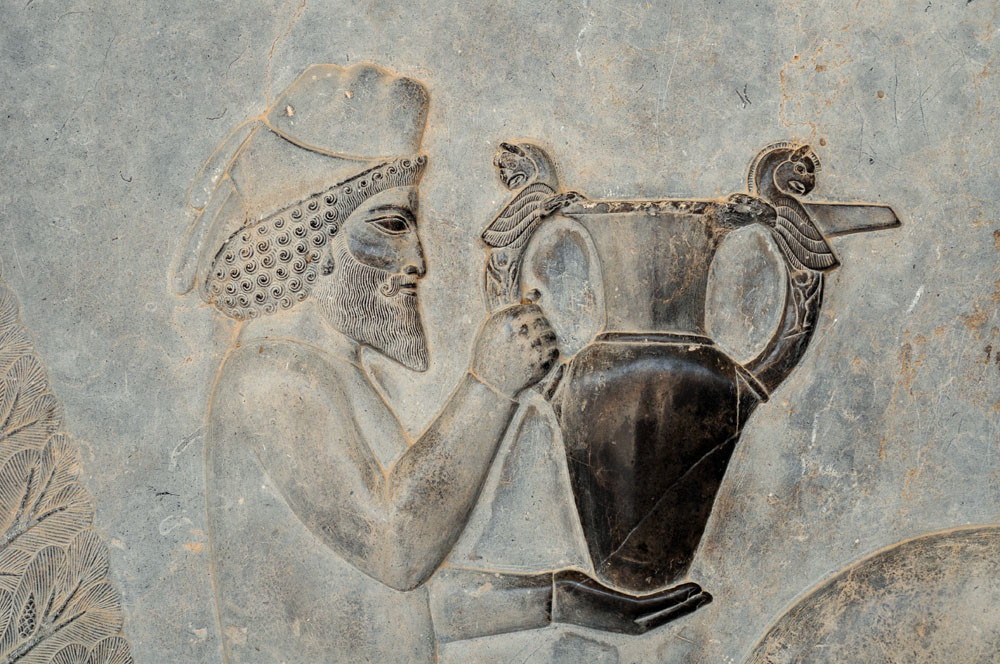
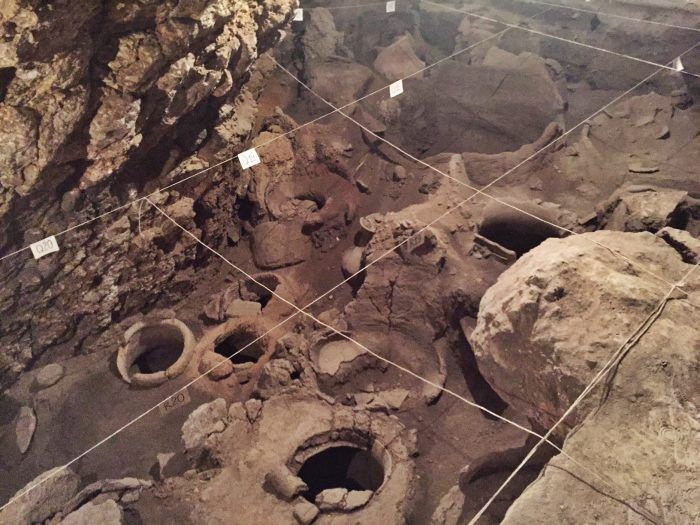
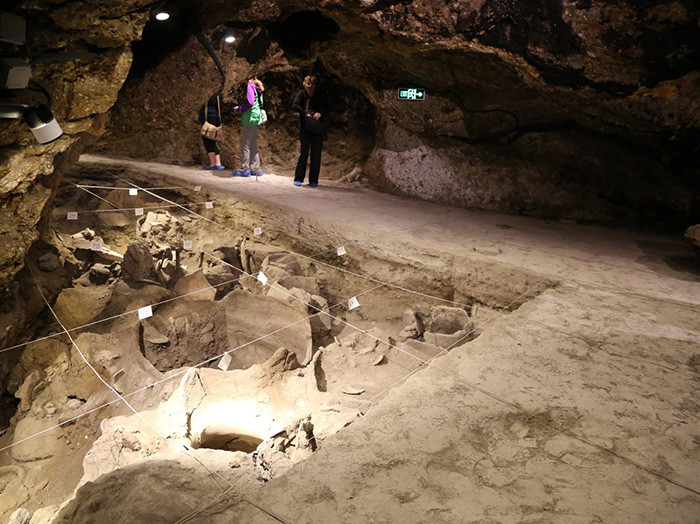
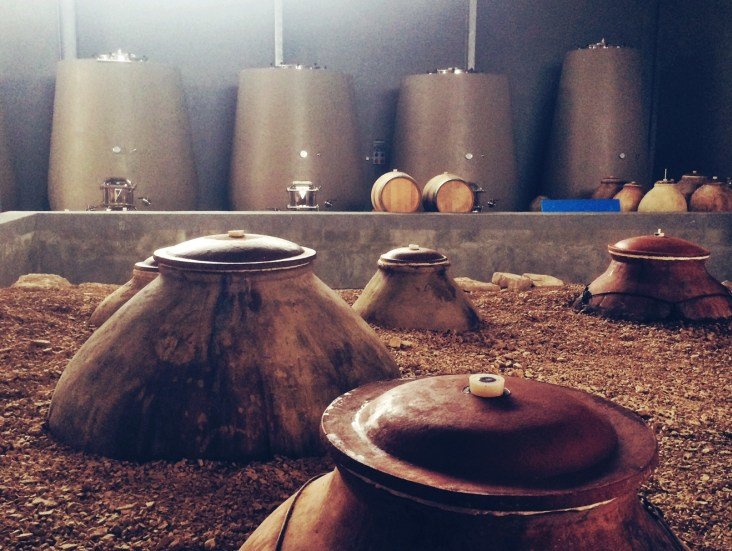
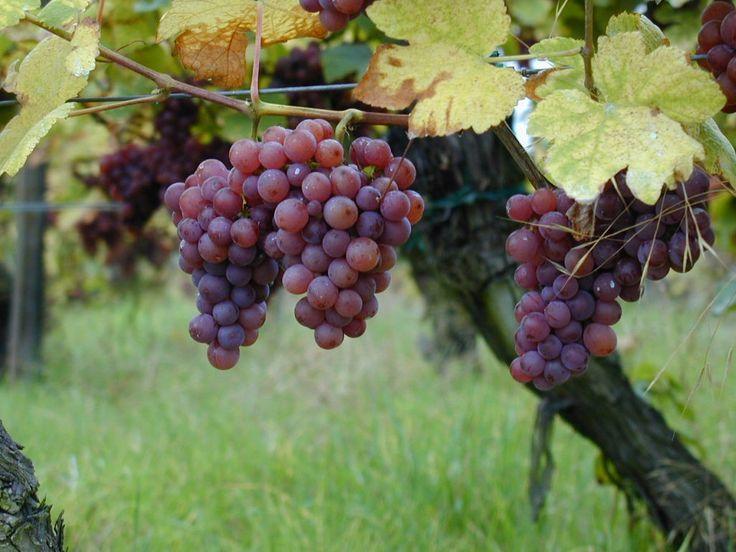
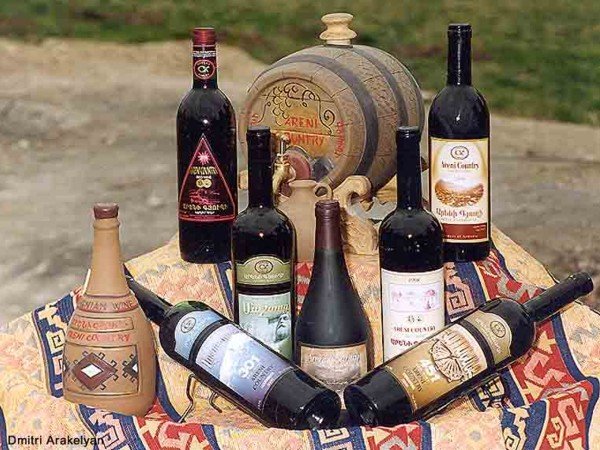








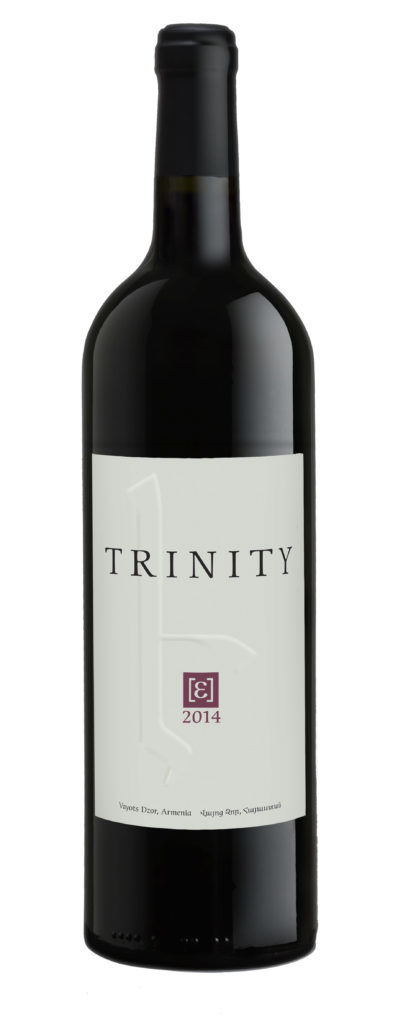
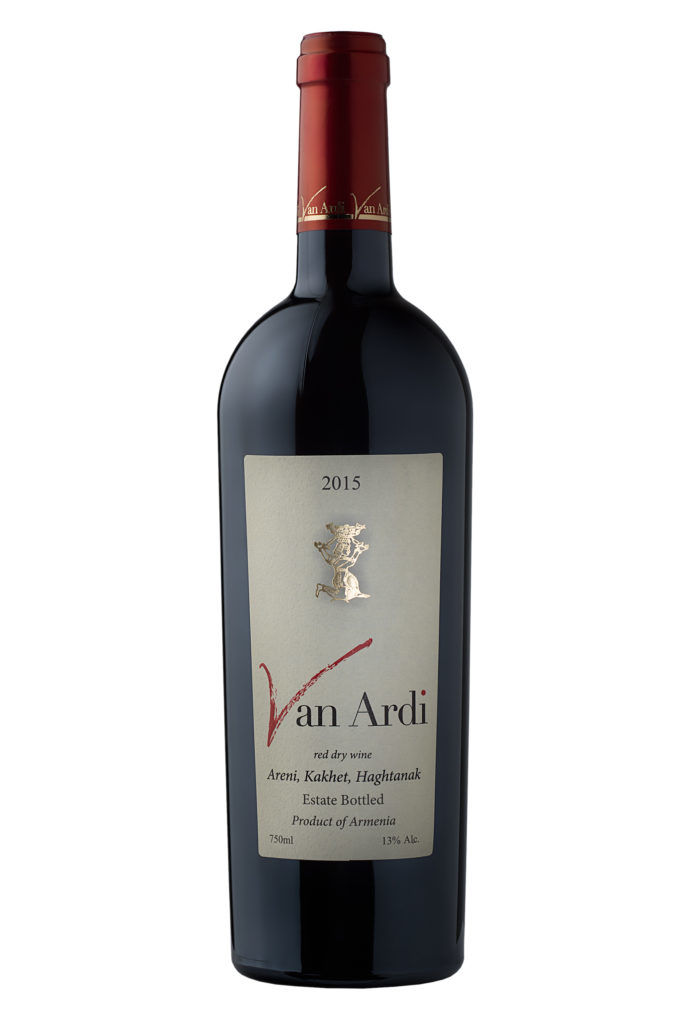

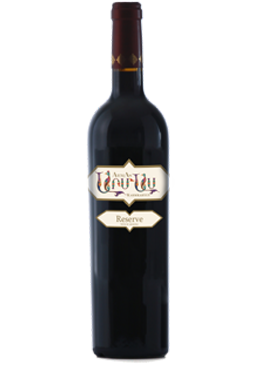
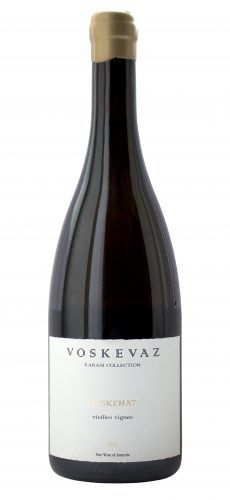





Leave a Comment